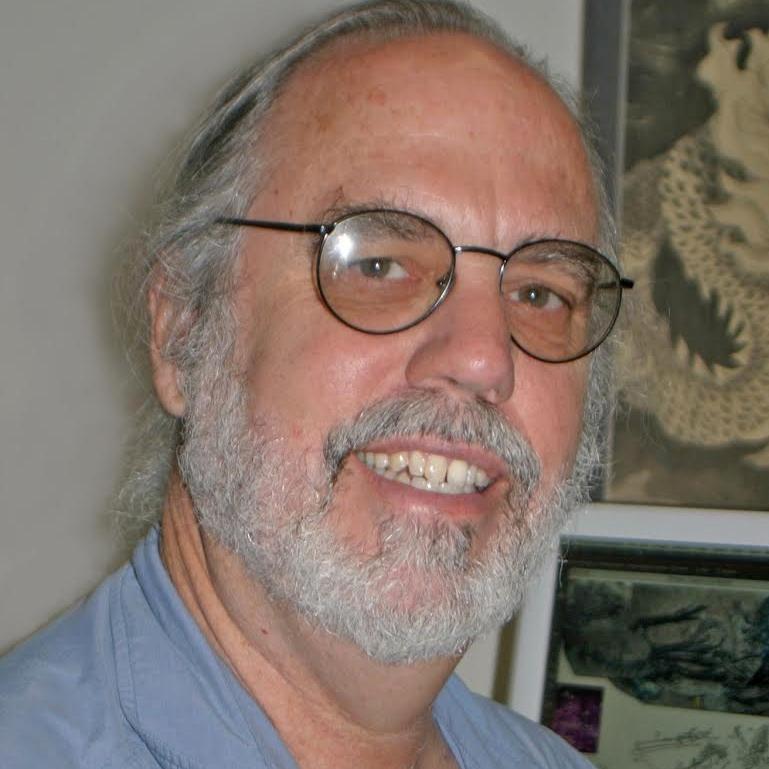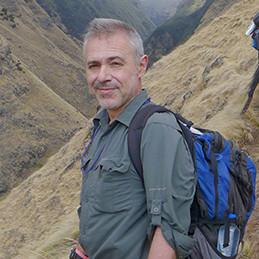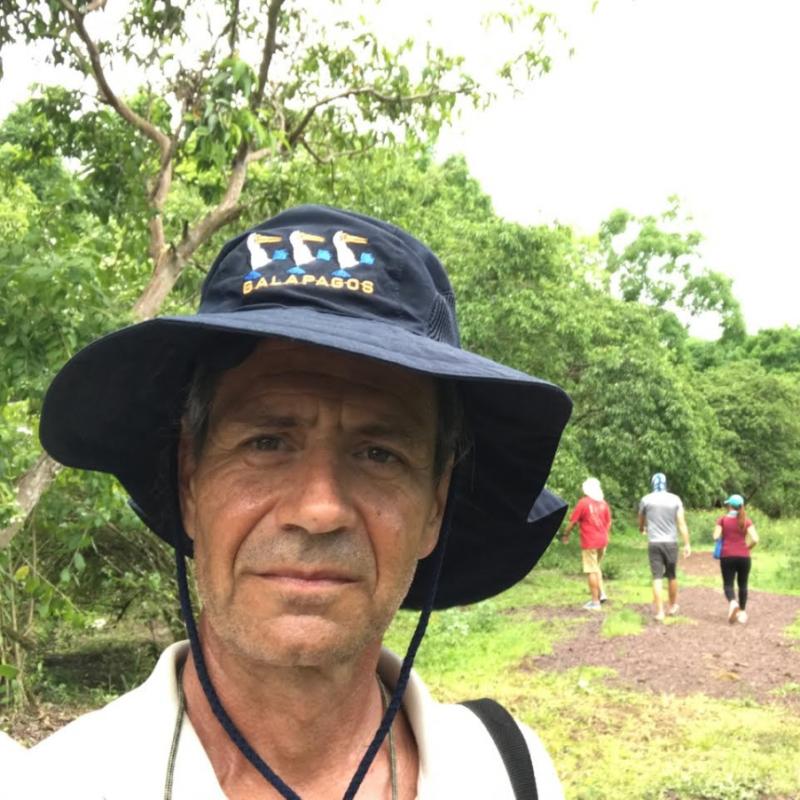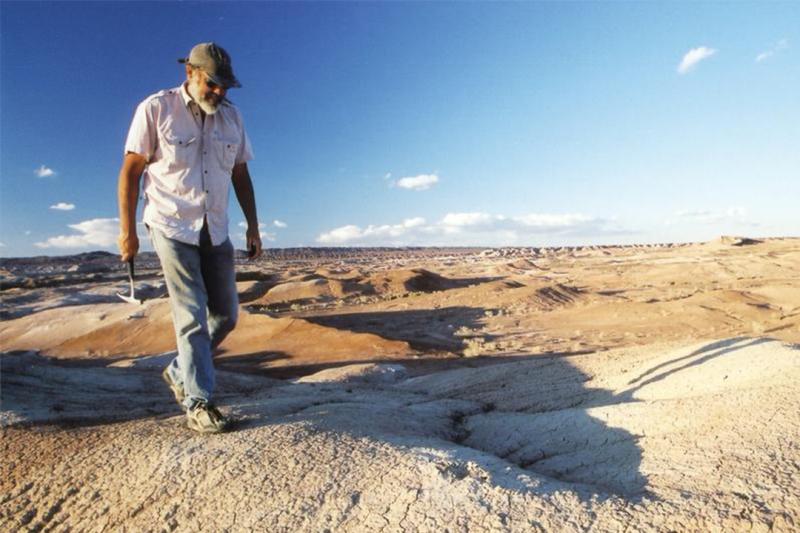Weintraub Program
The Robert Weintraub Program in Systematics and Evolution reinforces our commitment to education and research in systematics and evolution. The program supports five endowed professorships, as well as provides substantial funding for research and fieldwork. Weintraub-supported faculty work closely with graduate students on research covering a variety of organisms including bacteria, protists, angiosperms, cnidarians, mollusks, polychaete worms, arthropods, echinoderms, dinosaurs, mammals and lizards.
History
Robert L. Weintraub joined GW as a student assistant in chemistry in 1929, received his PhD from GW in 1938 and later took on roles at the university including professor of botany and department chair. He and his wife, Frances Weintraub, MA '37, were among GW’s greatest benefactors during their lifetimes.
Four of the endowed professorships are named for members of their family (the Ronald B. Weintraub Professorship, the Louis Weintraub Professorship, the Ruth Weintraub Professorship and the Grace B. Carnes Professorship). The fifth endowed Weintraub professorship is named for Robert F. Griggs, a former GW faculty member who was one of Weintraub’s mentors.
Eligibility
The department offers Weintraub Fellowships to accepted PhD students. These fellowships provide tuition plus a stipend, only for the minimum number of semester hours of credit per semester. All current GW biology graduate students in good standing as well as new applicants are eligible to apply.
Weintraub Faculty
Weintraub Faculty in Action
James Clark, Dinosaur Discoverer
Ronald Weintraub Professor of Biology James Clark found a new species of dinosaur, Limusaurus inextricabilis, that lost its baby teeth in adolescence and did not grow another set as adults. The finding, published in Current Biology, is a radical change in public understanding of lifespan anatomy and may help to explain how birds evolved from dinosaurs and why birds have beaks but no teeth.







